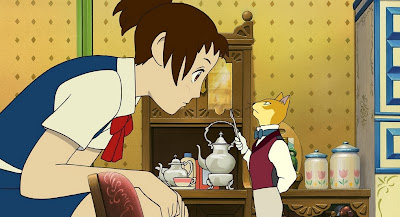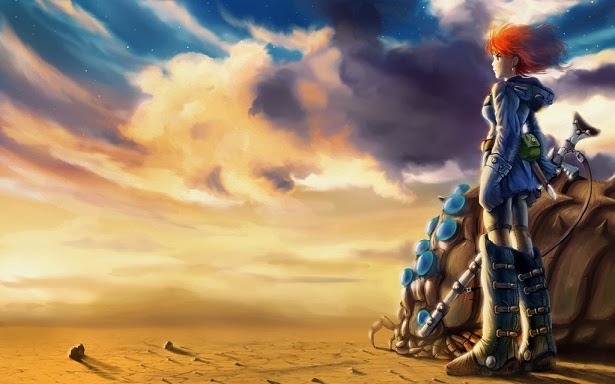UNNATURAL
CREATURES: For an anthology, this has very consistent quality
Unnatural
Creatures is a collection of stories selected by Neil Gaiman. It features
fantastical beings that exist only in the imagination, from the familiar
werewolves, mermaids, and unicorns, to the unfamiliar and yet-to-be classified
plants, birds, and many other beings that could either fascinate or horrify you
-- or both.
I’ve
mentioned in my other reviews that anthologies have the tendency to be inconsistent;
some stories will turn out to be greater than the others, outshining them. But
this is not the case for Unnatural Creatures. I don’t mean that the stories
have the same quality. I’m just saying that each of them is good enough not to
be left out. Each story has something unique to offer. Each story deserves to
be highlighted.
This
positive trait seems to be inherent. Since each story is featuring its own
unnatural creature, each story feels really different from the others. It’s not
like horror anthologies whose array of horrific places, creatures, and themes, is
very limited, so the stories therein will have the tendency to feel the same.
Another
thing that makes the stories different from each other is the ways they have
been written. The stories are from different generations of writers. They range
from years mid-1800’s to 2000’s, so there is variety in the writing style and
voice.
We
have the classical styles in Inksplot, The Sage of Theare, The Flight of the
Horse, Prismatica, Or All the Seas with Oysters, and Come Lady Death. We have
the contemporary styles in The Cartographer Wasps and The Anarchist Bees,
Moveable Beast, The Manticore, the Mermaid, and Me, and The Smile on the Face.
We
also have the fairy-tale style, direct storytelling, in The Griffin and the
Minor Canon, Ozioma the Wicked, Gabriel-Ernest, and The Cockatoucan; and the
comedic styles of Sunbird and The Compleat Werewolf. You could just see the
variety in the writing styles!
Another
thing that gives variety is the orientation of the stories. Some are very
plot-oriented, while some are very character-oriented.
The
stories, however, also have their similarities with one another. Aside from the
fact that all of them feature an unnatural creature, what unites them all is the
surreal impression I’m feeling while reading them. All of them seem to
interweave the fantastical with the ordinary, in a way that makes the
experience both real and dreamlike. Perhaps the only exception to this is
Sunbird, because it’s straight out fantastic because of its pure
personifications.
So far,
this is the anthology I’ve enjoyed the most, primarily because the stories
contained in it are so different and so similar at the same time. What make
reading them more worth it are the underlying messages contained in them, which
are not blatantly presented but are just there to be interpreted freely. I
recommend this book to those who are looking for imaginative creatures who are
fed up with the usual vampires, fairies, elves, and goblins. For sure, they’ll
find the creatures in this anthology to be Unnatural indeed.

























